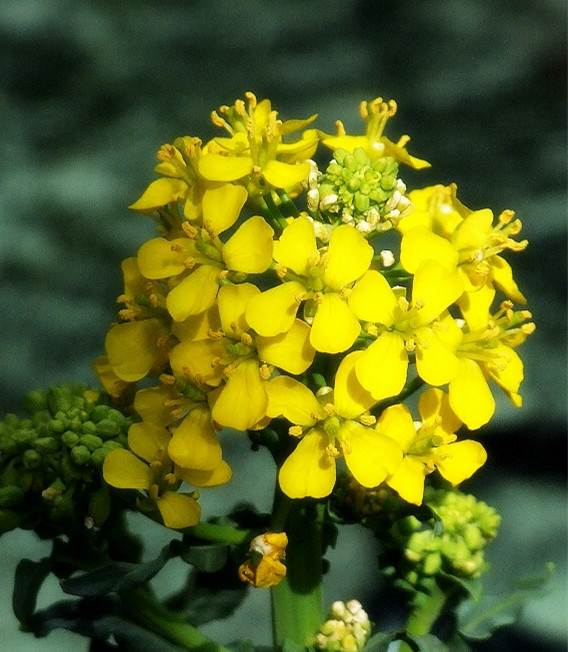浙大测序鉴定小白菜花粉发育阶段miRNAome

花粉发育是开花植物生命周期的一个重要过程,也是影响农作物种子的产量和质量的主要因素。micrornAs(miRNAs)是有调节功能的内源性非编码小分子RNA,是植物生长过程中发育和应激反应过程中必不可少的。然而,目前对miRNA在开花植物有性生殖上的功能了解有限。为此,浙江大学曹家树教授领衔团队对参与花粉发育过程的miRNA做了深入探索,成果发表在近期的BMC Genomics上。
研究人员首先构建两个独立小RNA文库,分别来自小白菜(Brassica campestris ssp. chinensis)雄性不育系(Bcajh97-01A)和雄性可育系(Bcajh97-01B)的花蕾,然后进行高通量测序分析。鉴定出了8个来自已知miRNA前体另一条臂上的新miRNA,54个新的保守miRNA以及8个新的miRNA。发现了25对新的miRNA/miRNA。研究人员还发现在所有已确定的miRNA,18个差异表达的miRNA在Bcajh97-01A和Bcajh97-01B的花蕾之间有超过两倍的改变。qRT-PCR分析表明,大多数差异表达的miRNA在Bcajh97-01B的花蕾中优先表达。降解组测序分析表明,一共有7个miRNA的15个靶基因被鉴定出来(上述测序工作均由联川生物承担完成)。
上述发现综述了与花粉相关的潜在miRNA以及miRNA与它们靶基因的相互作用,这为探索miRNA在花粉发育过程中发挥的作用提供了重要的线索。
原文摘要:
Jianxia Jiang, Meiling Lv, Ying Liang, Zhiming Ma and Jiashu Cao
Background
microRNAs (miRNAs) are endogenous, noncoding, small RNAs that have essential regulatory functions in plant growth, development, and stress response processes. However, limited information is available about their functions in sexual reproduction of flowering plants. Pollen development is an important process in the life cycle of a flowering plant and is a major factor that affects the yield and quality of crop seeds.
Results
This study aims to identify miRNAs involved in pollen development. Two independent small RNA libraries were constructed from the flower buds of the male sterile line (Bcajh97-01A) and male fertile line (Bcajh97-01B) of Brassica campestris ssp. chinensis. The libraries were subjected to high-throughput sequencing by using the Illumina Solexa system. Eight novel miRNAs on the other arm of known pre-miRNAs, 54 new conserved miRNAs, and 8 novel miRNA members were identified. Twenty-five pairs of novel miRNA/miRNA* were found. Among all the identified miRNAs, 18 differentially expressed miRNAs with over two-fold change between flower buds of male sterile line (Bcajh97-01A) and male fertile line (Bcajh97-01B) were identified. qRT-PCR analysis revealed that most of the differentially expressed miRNAs were preferentially expressed in flower buds of the male fertile line (Bcajh97-01B). Degradome analysis showed that a total of 15 genes were predicted to be the targets of seven miRNAs.
Conclusions
Our findings provide an overview of potential miRNAs involved in pollen development and interactions between miRNAs and their corresponding targets, which may provide important clues on the function of miRNAs in pollen development.
标签: 靶基因 小白菜花粉发育 miRNAome
作者:联川生物

